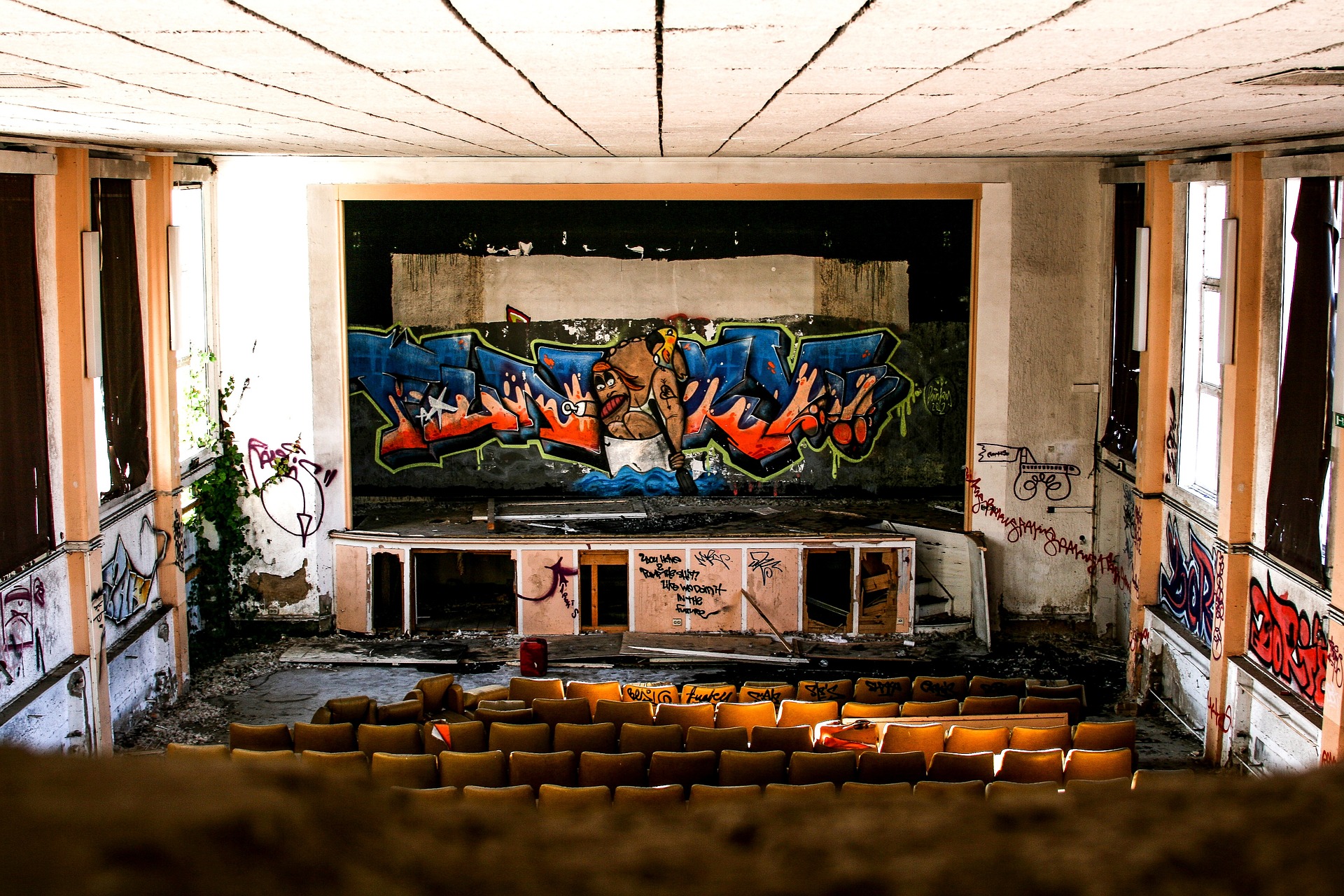Subtle Triumph: Street Art Shaping Urban Identity
An art form often misunderstood, yet integral to urban narratives, street art is a cultural symbol that continues to evolve in the modern world.
Street Art: An In-Depth History
Street art may be a recent phenomenon in the broader scope of art history, but its roots run deep. Its origin is traced back to the graffiti movement of the 1960s and 70s in the United States. Early street art was an act of defiance; it was the voice of those marginalized and overlooked by mainstream society. Over time, it blossomed into an esteemed form of creative expression, reflecting the spirit of cities and communities worldwide.
From Graffiti to Gallery: The Shift in Reception
Historically, street art was seen as a low-brow form of defacement, condemned and criminalized. However, this perception began to change in the 2000s. The works of artists like Banksy and Shepard Fairey gained mainstream recognition, sparking a shift in how society views street art. Today, it has become a respected artistic medium, with pieces showcased in galleries and even commanding high prices at auctions.
Current Trends: Art in a Virtual Age
Street art has adapted adeptly to the digital age. Social media platforms like Instagram allow street artists to showcase their work on a global scale, and the recent surge in popularity of NFTs (non-fungible tokens) has opened new avenues for monetizing street art. Today, artists can create digital graffiti that can be bought, owned, and traded, all while leaving the physical world unchanged.
Impact on Urban Identity and Community
As a form of public art, street art plays a significant role in shaping a city’s identity and fostering community spirit. It reflects the heartbeat of a city, its people, culture, and history. Cities like Berlin, London, and Melbourne are renowned for their vibrant street art scenes, which have become major tourist attractions. Furthermore, street art can facilitate dialogues about important social and political issues, contributing to community consciousness.
The Future of Street Art: An Open Canvas
Given its adaptability and relevance, the future of street art appears promising. The rise of virtual and augmented reality technologies offers new frontiers for artists to explore. Consider the concept of ‘virtual graffiti’ - art that exists purely in the digital realm and can be superimposed onto any real-world surface through AR technology. This idea, among others, paints an exciting picture of what the future might hold for street art.
In conclusion, street art is a dynamic and evolving form of creative expression, intricately linked with urban identity and community spirit. From its nascent beginnings as a form of rebellion, it has matured into an esteemed art form that continues to challenge, inspire, and reflect the world around us.





